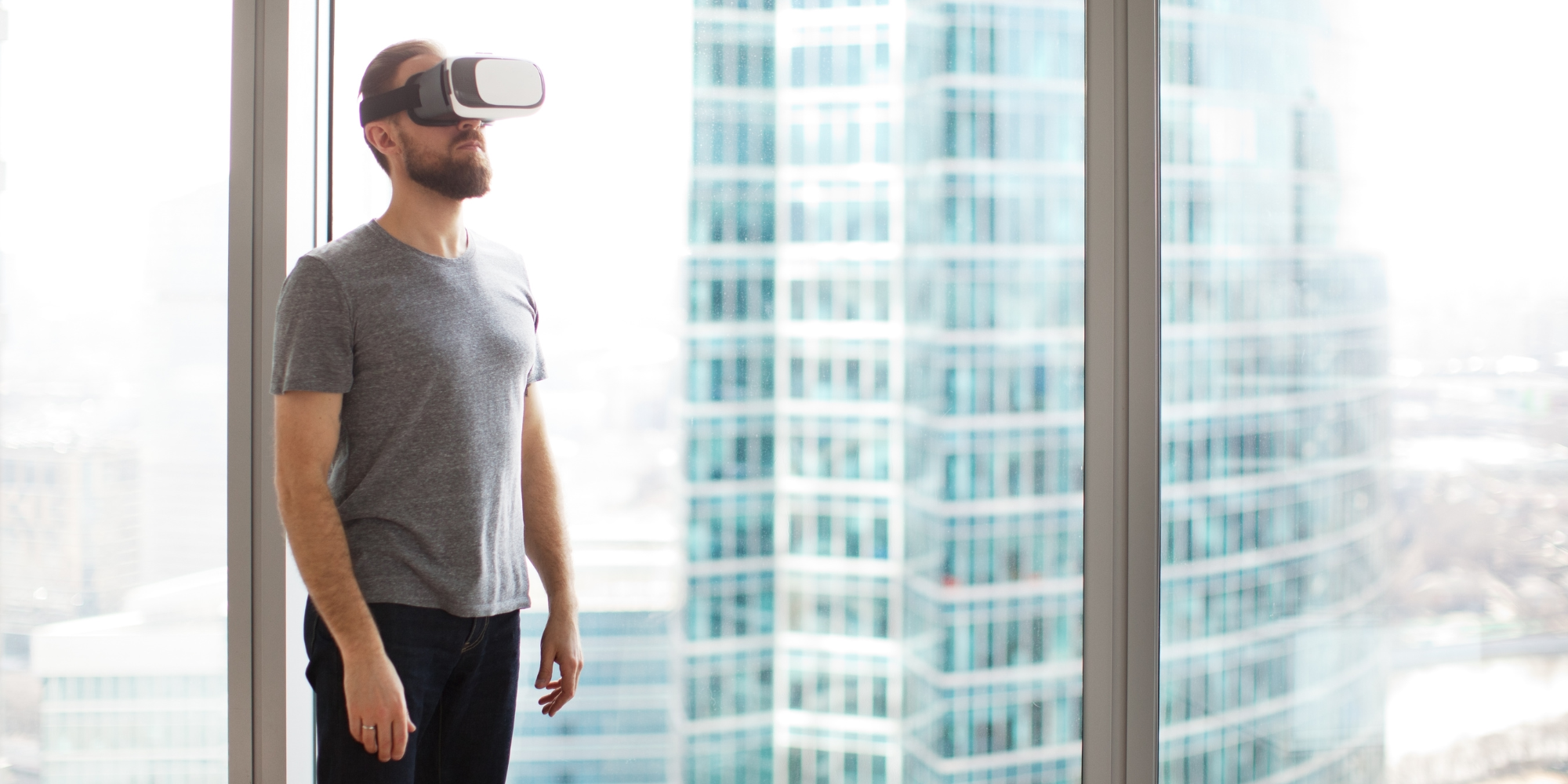
What is the difference between Virtual reality (VR) and augmented reality (AR) design?
Virtual reality (VR) and augmented reality (AR) are both technologies that allow users to experience and interact with digital content in a more immersive way. While they may seem similar at first glance, there are several key differences between VR and AR that are important to understand, especially when it comes to AI in interior design.
VR is a fully immersive technology that allows users to enter a digital world and interact with it as if it were real. This is achieved through the use of specialised headsets and controllers, which allow users to look around and interact with the virtual environment as if they were physically present. VR is often used in gaming and entertainment, but it is also being increasingly adopted in other industries, including interior design.
In interior design, VR can be used to create fully-realised digital versions of spaces, allowing designers to visualise and experiment with different layouts, materials, and finishes without the need for physical prototypes. This can be especially useful when working with clients, as it allows them to experience and interact with the design in a more realistic way, helping them to better understand and visualise the final product. VR can also be used to create interactive walkthroughs of spaces, allowing users to explore and experience a design from multiple angles and perspectives.
Augmented reality (AR) is similar to VR in that it allows users to experience and interact with digital content, but it does so by overlaying the content on top of the real world. This is typically achieved through the use of smartphones or specialised glasses, which use cameras and sensors to capture the real-world environment and then layer digital content on top of it. AR is often used for gaming, education, and entertainment, but it is also being increasingly adopted in other industries, including interior design.
In interior design, AR can be used to visualise how a piece of furniture or a design element will look in a particular space without the need to physically place it there. This can be especially useful when working with clients, as it allows them to see how a design element will fit into their space without the need to commit to it. AR can also be used to create interactive experiences that allow users to explore and experiment with different design elements and layouts in a more immersive way.
While both VR and AR have their own unique capabilities and applications, there are some key differences between the two technologies when it comes to interior design. One of the main differences is the level of immersion: VR is fully immersive, allowing users to enter a digital world and interact with it as if it were real, while AR is more limited in its immersion, as it only overlays digital content on top of the real world. This means that VR is often more effective at creating fully-realised digital versions of spaces, while AR is better suited for visualising how specific design elements will look in a particular space.
Another key difference between VR and AR is the level of interactivity: VR allows users to fully interact with and manipulate the digital environment, while AR is more limited in its interactivity, as it only allows users to interact with the digital content that is overlaid on top of the real world. This means that VR is often more effective at creating interactive experiences and walkthroughs, while AR is better suited for visualising specific design elements and layouts.
In conclusion, VR and AR are both powerful technologies that have the potential to revolutionise the way we design and experience spaces. While they may seem similar at first glance, there are several key differences between VR and AR that are important to understand, especially when it comes to interior design. VR is fully immersive and allows users to enter a digital world and interact with it as if it were real, while AR is more limited in its immersion and only overlays digital content.
This content was originally published here.


